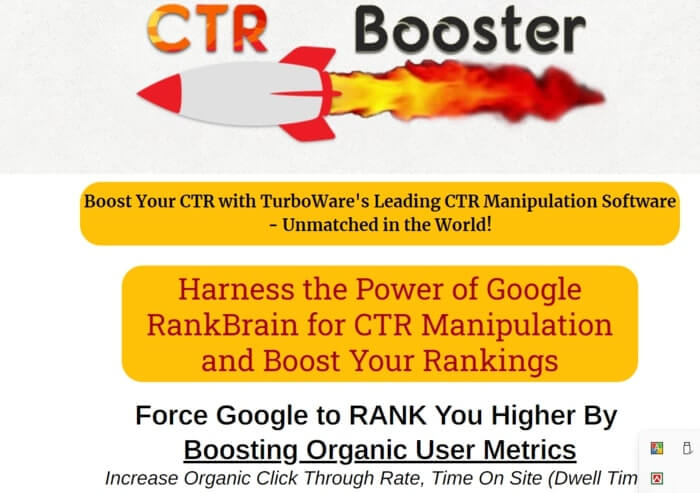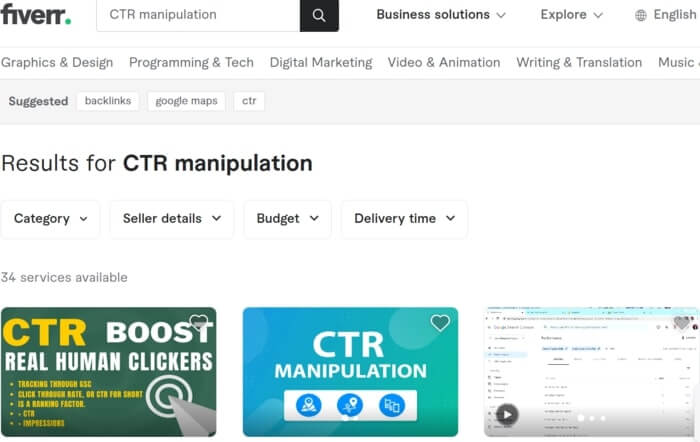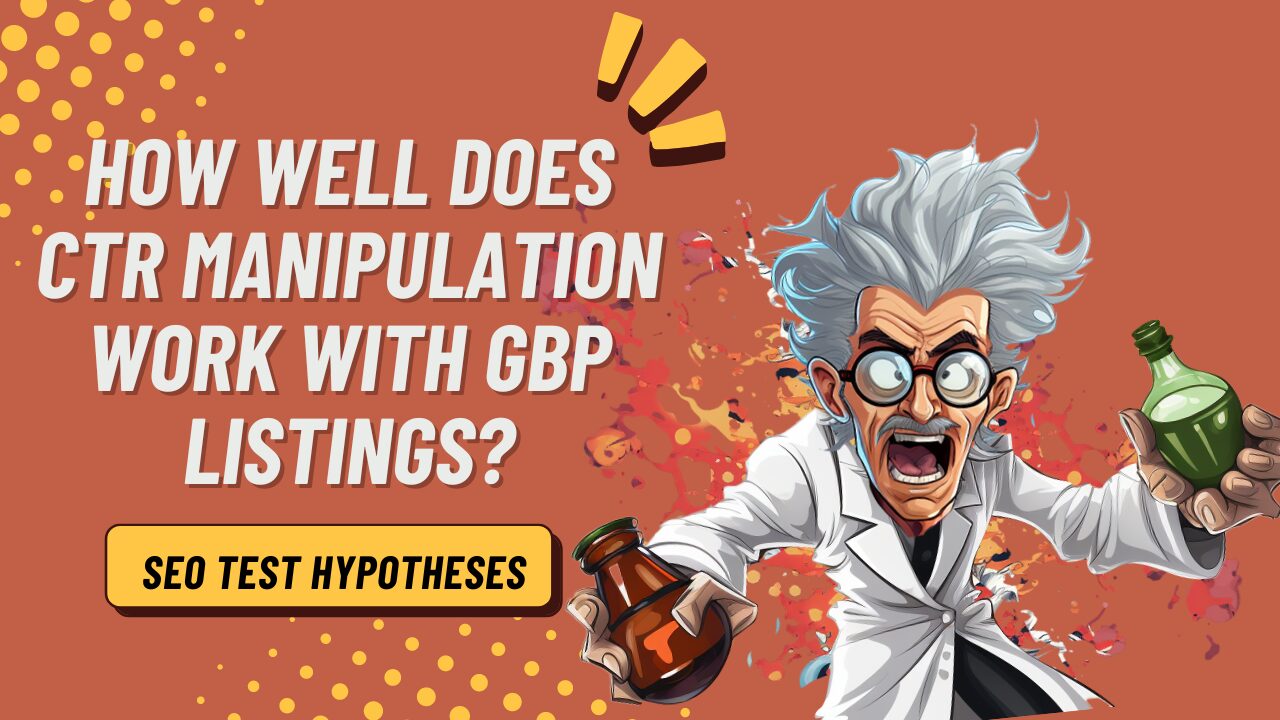Discover the Effect of CTR Manipulation on Your SEO Rankings
Discover the Effect of CTR Manipulation on Your SEO Rankings
Blog Article
Unlock Greater Success With Strategic CTR Manipulation Strategies
Harnessing critical CTR control strategies can be the trick to opening an entire new level of success in your digital advertising initiatives. By tactically maximizing key aspects on your page and implementing targeted approaches, you can considerably enhance customer interaction and drive even more web traffic to your site.
Importance of CTR in SEO
CTR is a metric that measures the percentage of individuals who click on a particular link compared to the complete number of individuals that view the page. A high CTR recommends that your website is pertinent and attractive to customers, which look engines like Google incentive by ranking your website higher in search results. On the other hand, a reduced CTR might signify that your meta titles and descriptions are not engaging sufficient or that your material is not fulfilling customers' expectations.
Crafting Engaging Meta Marks
In the world of search engine optimization, one of the essential components that can significantly affect your web site's performance is the art of crafting engaging meta tags. Meta tags are snippets of message that describe a page's material; they do not show up on the web page itself, but in the web page's code. When done right, meta tags can improve your site's visibility and click-through prices on online search engine results web pages.

A/B Evaluating for Optimization
When aiming to fine-tune and enhance the efficiency of a website, using A/B testing for optimization confirms to be an important method. A/B testing, likewise understood as split testing, entails comparing two variations of a webpage to identify which one performs better (CTR Manipulation Service). By offering these variants to individuals and evaluating the resulting data, site owners can make informed choices to enhance click-through rates (CTR) and overall customer involvement
An effective A/B testing technique includes determining particular aspects to test, such as headings, calls-to-action, images, or design designs. By systematically changing one component at a time and keeping an eye on the influence on customer actions, site proprietors can gather useful insights into what reverberates with their target market. This data-driven method enables continuous optimization, causing boosted conversion prices and an extra reliable web site in general.
With A/B screening, internet site owners can make informed choices based upon concrete information rather than relying upon uncertainty or presumptions. By implementing More Info this critical method to optimization, businesses can unlock greater success by making data-backed choices that drive significant improvements to their web site's efficiency.
Leveraging Rich Fragments
Abundant snippets, a powerful feature in search engine results web pages (SERPs), deal internet site owners a tactical advantage in enhancing their on the internet presence and click-through rates. Rich snippets supply users with a preview of the page's material directly on the SERP, displaying extra info such as costs, pictures, and ratings. By leveraging abundant snippets properly, internet site owners can attract even more interest to their listings, stick out from rivals, and boost the likelihood of customers clicking through to their web site.
To make the most of abundant fragments, website owners should make sure that their structured information markup is optimized for search engines to comprehend and show the details properly. Consisting of pertinent search phrases, succinct summaries, and engaging details in the organized data can even more lure users to click on the web link.
Call-to-Action Methods

Conclusion
Finally, grasping calculated CTR control strategies such you could look here as maximizing meta tags, carrying out A/B testing, using abundant snippets, and applying reliable call-to-action methods is critical for enhancing individual interaction and presence. By concentrating on these elements, businesses can substantially boost their click-through rates, drive natural traffic, and inevitably accomplish greater success in their digital advertising efforts.
CTR is a metric that gauges the percent of individuals who click on a particular link compared to the complete number of users that see the page. A high CTR suggests that your internet site is appropriate and appealing to customers, which search engines like Google benefit by ranking your site greater in search results. By offering these variants to customers and analyzing the resulting data, website owners can investigate this site make enlightened choices to enhance click-through rates (CTR) and overall individual involvement.

To efficiently drive customer involvement and conversions, site proprietors must execute calculated call-to-action (CTA) approaches that motivate site visitors to take preferred actions on their website.
Report this page